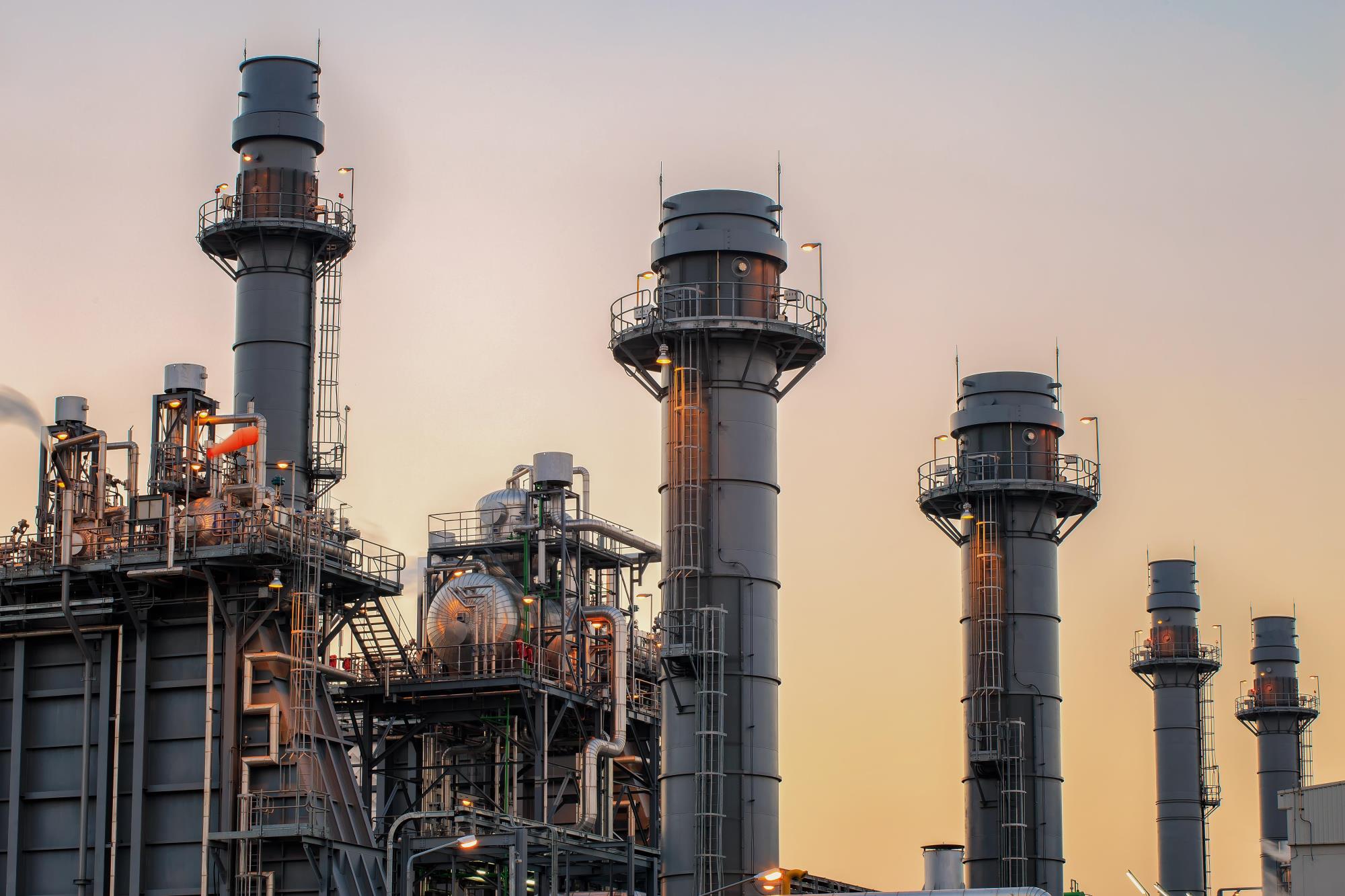Helping the client to meet the country’s demand for power and ensure minimal impact to the environment
The Situation
As a part of the Kingdom of Saudi Arabia’s (KSA) energy demand increase over the last few years, Saudi Electricity Company (SEC) is constructing new combined cycle power plants and upgrading existing plants from simple to combined cycle.
Approach
Advisian developed air dispersion and noise modelling assessments as a part of the Environmental Impact Assessments required for the upgrade of existing power plants and the construction of new facilities planned by SEC across the Kingdom. The studies assessed the potential impacts derived from air and noise emissions of the power plants.
Depending on the specific project requirements, different modelling scenarios were defined for each assessment, considering:
- The type of fuels employed by the turbines (natural gas, Arabian Light Crude and diesel are the most common fuel used in the turbines as main fuels and backup fuels)
- The operational cycle of the gas turbines (simple cycle and combined cycle)
Modelling results were compared with national air quality and environmental noise standards established by the Presidency for Meteorology and Environment (PME) of KSA and international guidelines (International Finance Corporation and World Health Organisation), to verify compliance with regulatory limits. Where applicable, mitigation measures were proposed to reduce air quality and noise impacts.
Results
Fluent communication with the client at the early stages of the project was essential for the identification of sources and modelling scenarios.
Advisian successfully completed high quality comprehensive assessments that reflected the worst case impacts expected from the power plants. These assessments provided the client with the technical information for consideration in their decision-making process.
Air dispersion modelling results showed exceedances of the air quality limits established for SO2. Our report therefore recommended substitution by alternative fuels with lower sulphur content or the utilization of desulphurization technologies.

